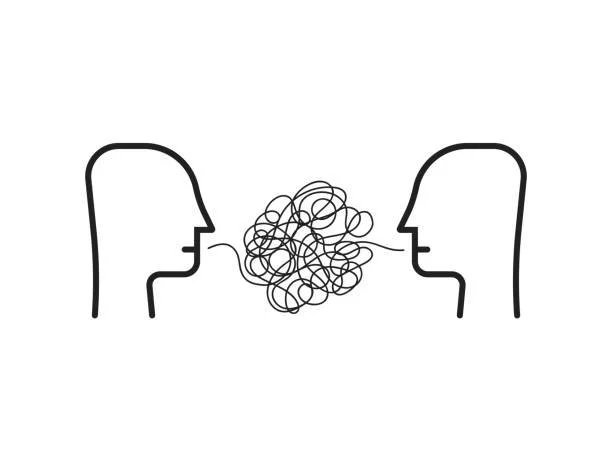
Why Communication Breaks Down—And How to Rebuild It
Misunderstandings often stem from how we communicate, not just what we say. This post explores why communication breaks down—and how to rebuild connection through clarity, curiosity, and trust.

Are You and Your Partner Speaking the Same (Love) Language?
Sometimes love feels confusing—not because it’s missing, but because you and your partner may be speaking different love languages. Discover how understanding these can bring you closer.